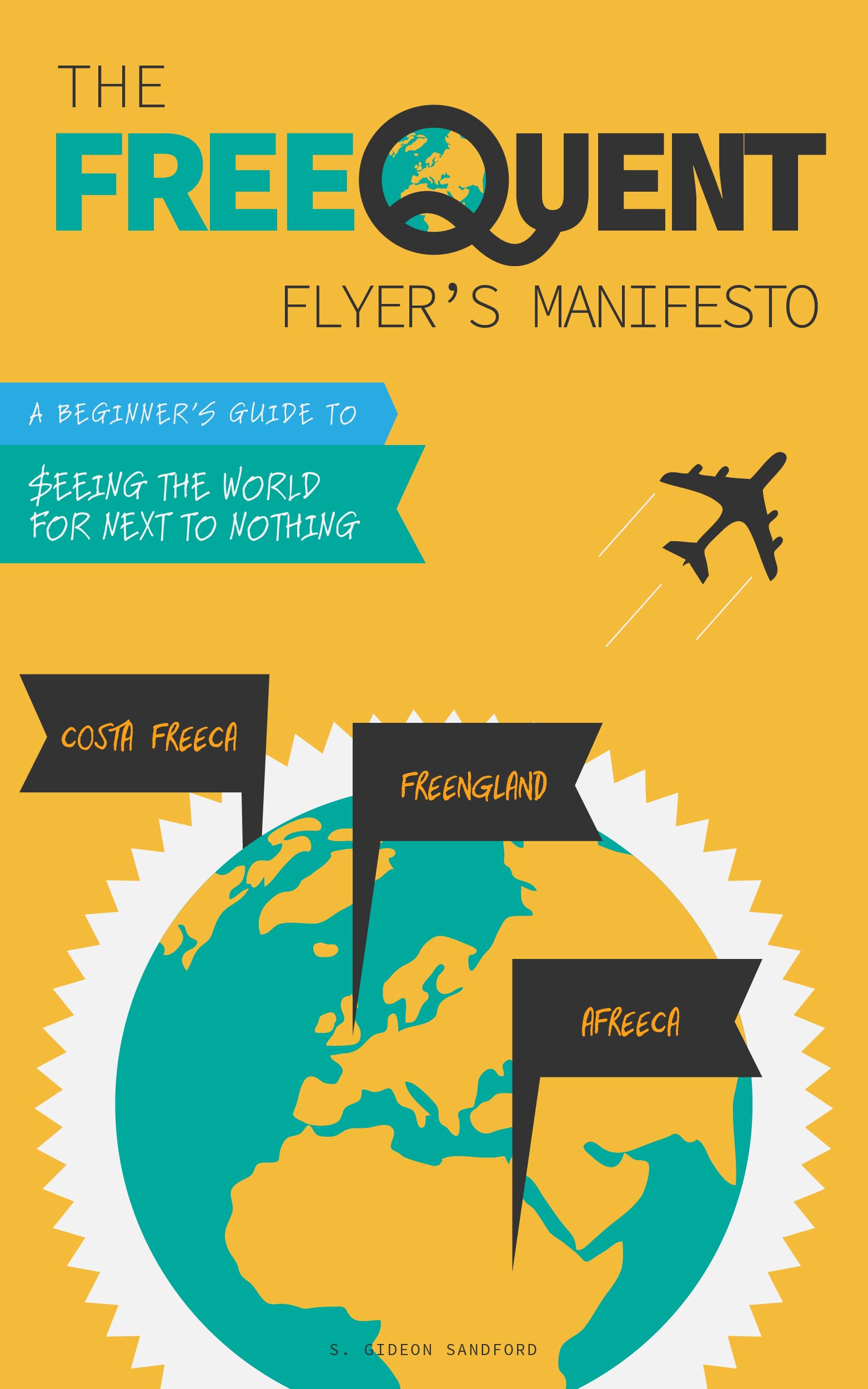Travel hacking is a specialized combination of knowledge, skills, and opportunities, plus of course making the time to take advantage of them. For those willing to invest in this world, the payoff is tremendous: the ability to pay for travel at a steep discount, whether you're buying luxury accommodations for the price of a Motel 6, or getting a Motel 6 for the price of a youth hostel.
Once you've invested the time and attention to learning those skills, it's natural to want to share the rewards with friends and family who, at least in my case, treat travel hacking as a curious combination of magic and fraud.
While I'm always eager to help out, being both a businessman and a poor person means I like to look for mutually beneficial arrangements when booking travel for my loved ones. In that spirit I think there are basically three models one can use when trying to help people save money on travel.
Offer a fixed discount off retail
This strategy makes the most sense for "arm's length" transactions. If you have more miles and points than you have near-term plans for, you can offer to book travel for friends and family at a fixed discount off the price they're already planning to pay.
If someone wants to book a $600 domestic flight, and you discover there's low-level award availability (or, better yet, discounted award availability like that offered to Citi AAdvantage credit cardholders), you can offer to book the flights for a mere $450. This is a classic win-win situation: the traveler gets a 75% discount off retail, and you get 1.8 cents or more per mile in cash — a pretty good redemption!
The drawback of this method is that there are situations where it simply doesn't apply: if a flight is cheap enough, or the mileage cost is high enough, there may simply not be a middle ground in which the booker and traveler can meet to mutual benefit.
Charge the opportunity cost of earning (or redeeming for cash) your points
This is the strategy I usually follow when offering to book travel for my close friends and family. If a hotel room costs 40,000 HHonors points, I'll offer to book it for $141, since that's the amount of cash back I could have earned manufacturing the same $6,667 on a 2.105% cash back card. In other words, I want to be "made whole," but I'm not interested in extracting any profit out of the transaction. If that's a discount off retail they'll usually be interested, and if not, there's no harm done.
But there are two pitfalls here. The first is figuring out what your actual opportunity cost is. In the case of hotel points or airline miles earned with a credit card (at the expense of cash back), the calculation is simple, as shown above. But if you're redeeming Ultimate Rewards points for a friend's Hyatt stay, the relevant cost isn't how much cash you could have earned instead of earning Ultimate Rewards points, it's how much the Ultimate Rewards points are worth if redeemed for cash. The same is true of any rewards currency that can be directly redeemed for cash, like US Bank Flexpoints.
The second wrinkle is valuing instruments that are, due to price compression, worth manifestly less than their face value to the travel hacker. For example, a $400 American Airlines voluntary denied boarding voucher is worth much less than $400 to me, since I can redeem 20,000 US Bank Flexpoints, worth $200 if redeemed for cash, for the same flight (in reality it's not quite that bad since the voucher has the added flexibility of being combinable with cash for flights at the bottom of a Flexperks redemption band).
When deciding the opportunity cost of something like that, you could either think about the actual delay that earned you the voucher in the first place (how much is 5 hours in a Chicago airport worth? Did you have to buy lunch?), or simply assign it the value of the points you would use to book a flight of the same value. In the above example, that could be the $200 cash value of 20,000 Flexpoints.
Travel is free (for other people)
The third option, of course, is to just give travel away! What are you, some kind of cheapskate?
For children, grandchildren, nieces, nephews, parents, grandparents, and anyone you're about to propose to, the best option is not to charge them anything for their travel. Your miles and points didn't cost you much, you have too many of them, and it'll mean the world to them to get to see the world.
This is the strategy I use when booking vacations for my partner and I, and it's fun. I heartily recommend occasionally splurging on your loved ones, the operative word being "occasionally."
I don't mean to get all philosophical this close to the end of the post, but people basically don't value stuff they get for free. Or, to put a slightly finer point on it, people quickly get used to getting stuff for free and quickly come to accept it as the natural order of things, rather than a gift or treat for a special occasion.
That's why I think for kids or siblings it's probably better in the long run to offer a big discount off retail rather than spread free trips around like gelt at Hanukkah.
Conclusion
So, what did I miss? Do you charge your loved ones for "free" travel, and if so, how much?



